Technically, a gongoozler is someone who enjoys watching boats and associated activities on canals. They’re the people who prefer to watch rather than participate. However, the term is mostly used by actual narrowboaters to refer to the persuit and craft of narrow boating. It’s a term that gently encapsulates the relatively meditative and idle reputation that canal boating has.
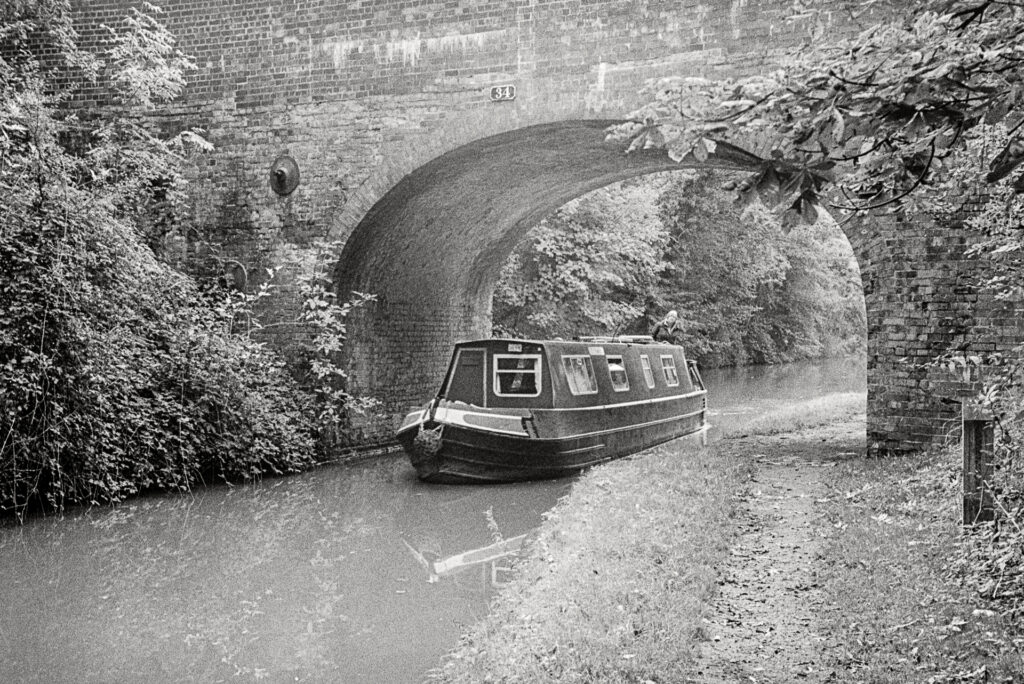
Narrowboating is often marketed as a leisurely activity that promotes slow living. The imagery associated with it typically involves boats moving slowly along straight canals at a comfortable pace of 4mph, with the participants relaxing and enjoying a chilled beverage. That it involves a lot of concentration and physical labour is generally overlooked. While the work itself is not unpleasant (it’s life affirming), it’s best to approach canal boating as a working holiday of sorts.
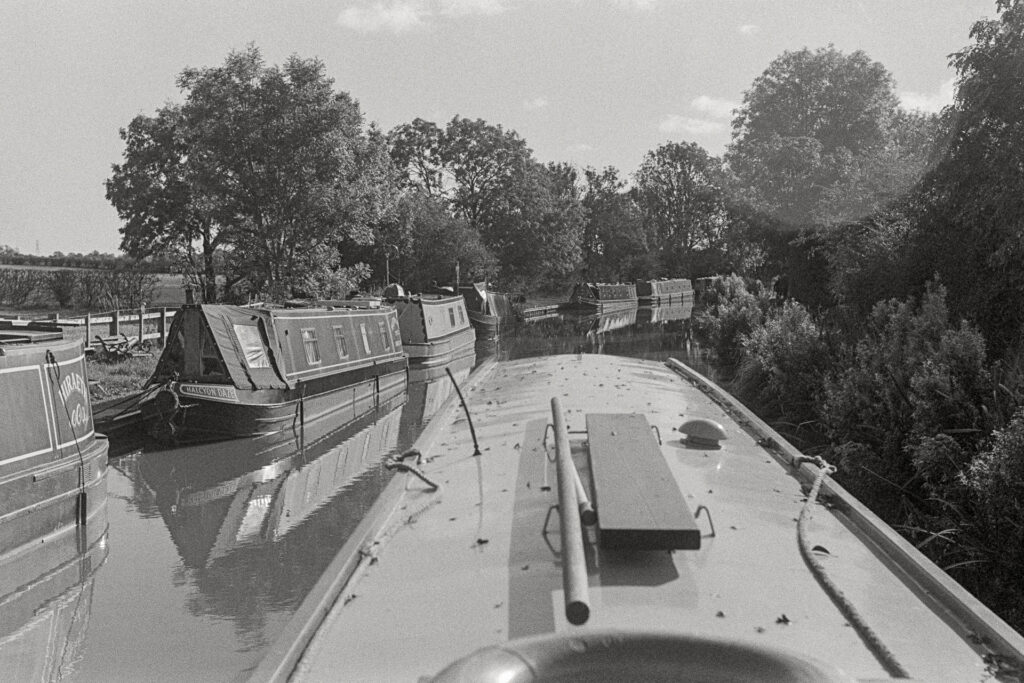
If there are two people on the boat (with a dog, like us), one will be at the back steering while the other will either be on board ready for the next lock, or walking along the bank with the dog.
As an aside, this narrowboat trip coincided with getting my first rangefinder camera – a 1957 Leica M3. Many of the photos here were taken hyperfocal at f8 which seemed to make sense at the time for some reason. Most came out OK. Flare was a bit of an issue with the 1940s Summitar (50/f2) which was all I could afford at the time. Relatively low contrast and just about sharp enough at f8.
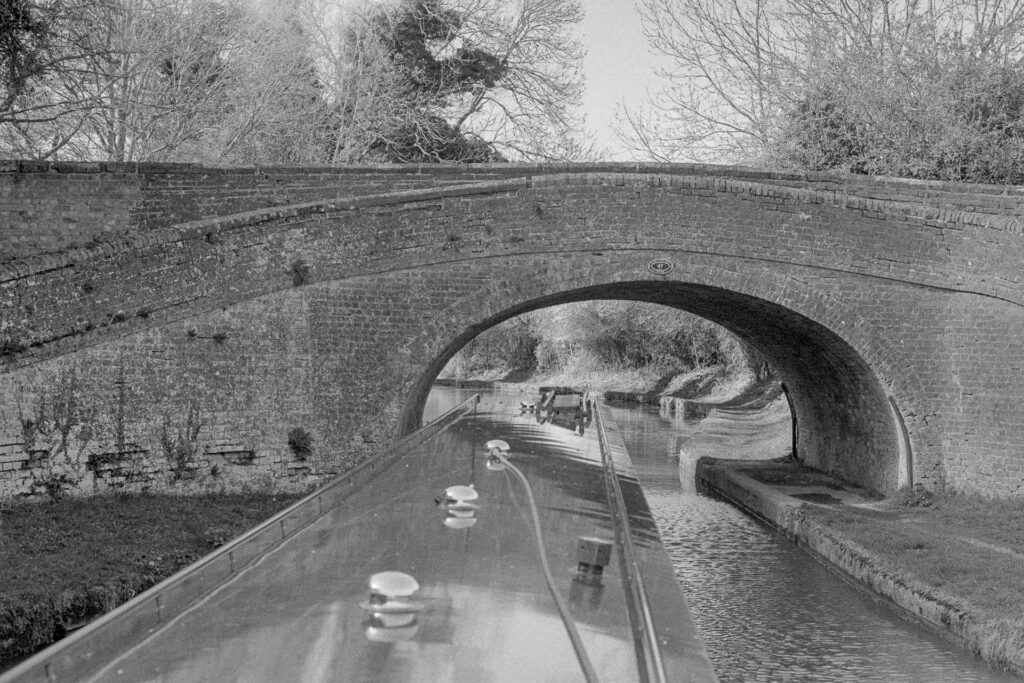
If you’re the one steering, you have to concentrate 100% of the time. Canals are narrow and your boat is relatively long so if you lose concentration for a moment to look at that lovely view, you will be heading for the bank. And given how narrow canals are, all of a sudden 4mph is very fast! Correcting and recovering, even if you only lost concentration for a moment or two, can take several hundred yards of zig-zagging down the canal as you over-correct repeatedly.
Something you do notice most of the time is the stillness and the quiet. Canals were mostly built between towns and cities along the flattest route. It’s not often that canals run alongside roads but the railways that came after the canal network were often built alongside the canals for the same route reasons the canals were dug. It’s a well worn adage that the canal network was finished just in time for the railways to take their trade and undermine their commercial future. Canals are now predominantly a leisure environment.
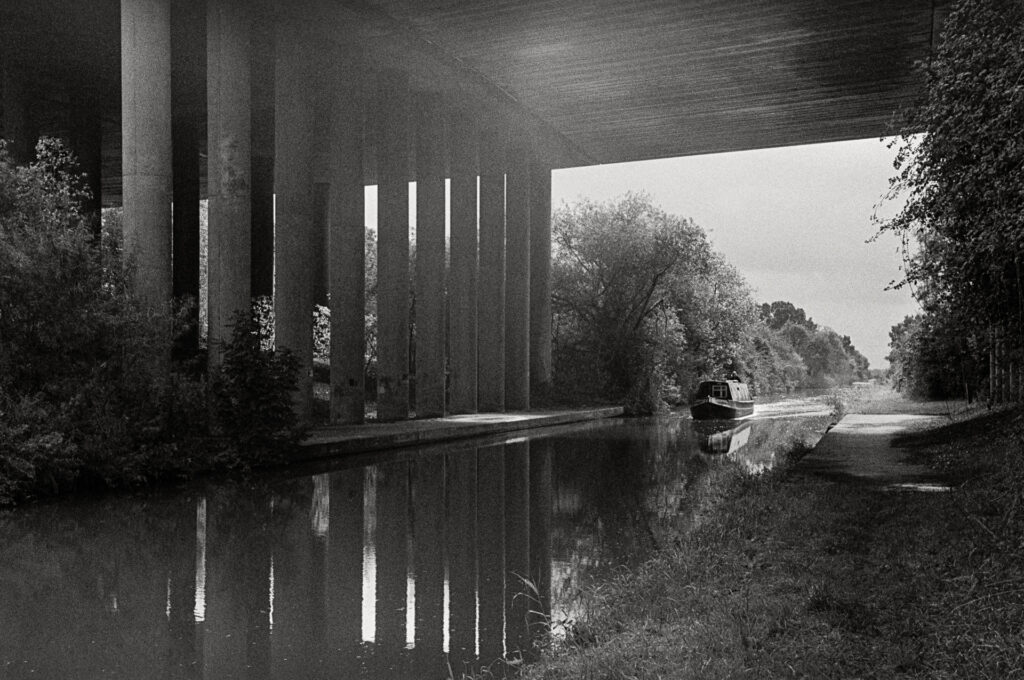
Canals are not very straight. You will navigate long, sweeping gentle bends easily enough, but you will also be navigating some serious right-angle bends that often have a very narrow bridge immediately before or after. Some of these bridges are so narrow that you only have a foot on either side of your boat so you have to approach it exactly parallel. And that requires a lot of concentration (and skill).
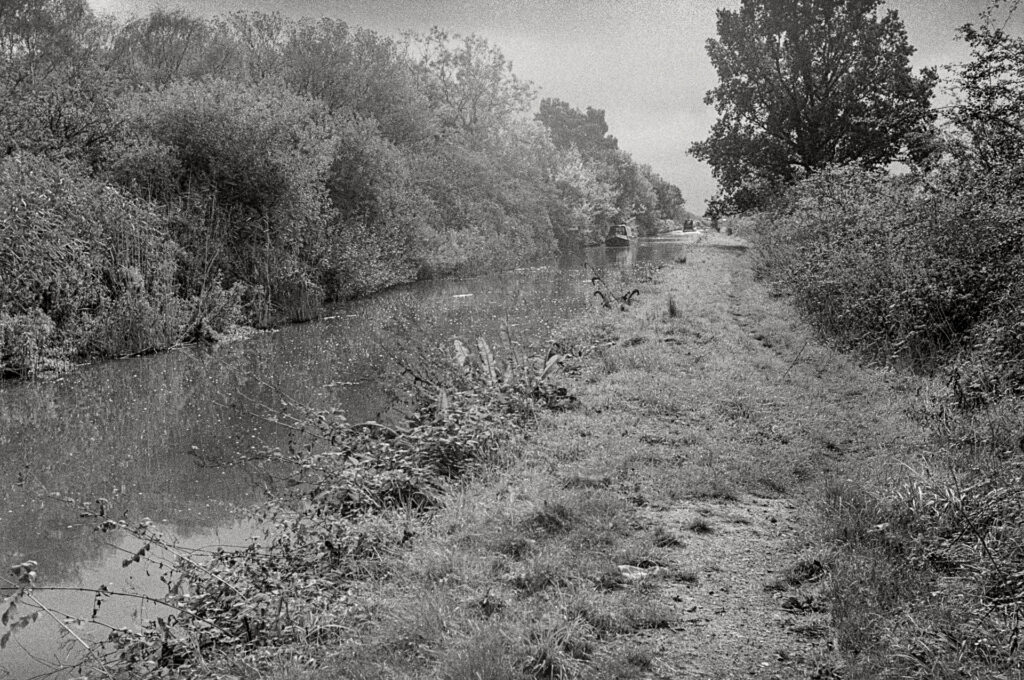
Once you master the techniques though, manoeuvring a narrowboat is very satisfying and not that hard. The high from getting your narrowboat through a narrow bridge on a 90° bend without touching anything… unforgettable.
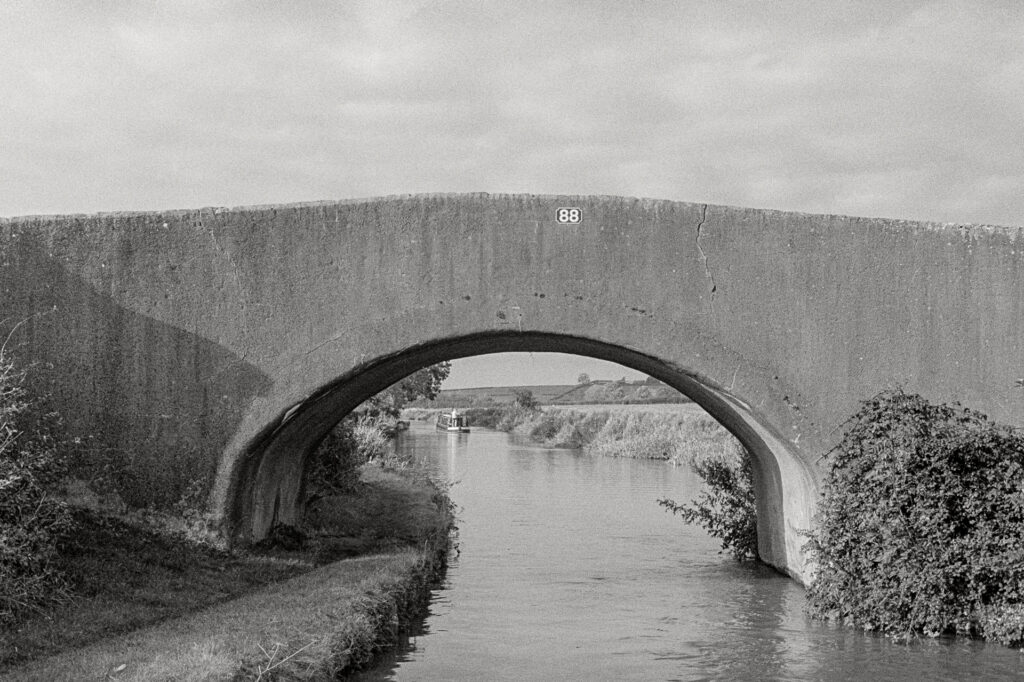
But steering is nothing compared to the mental and physical complexity of operating locks. You need to be able to apply your knowledge of physics, gravity and Newtonian mechanics either on your own or in the full glare of scrutiny from other narrowboaters or members of the public who may or may not know more than you do.
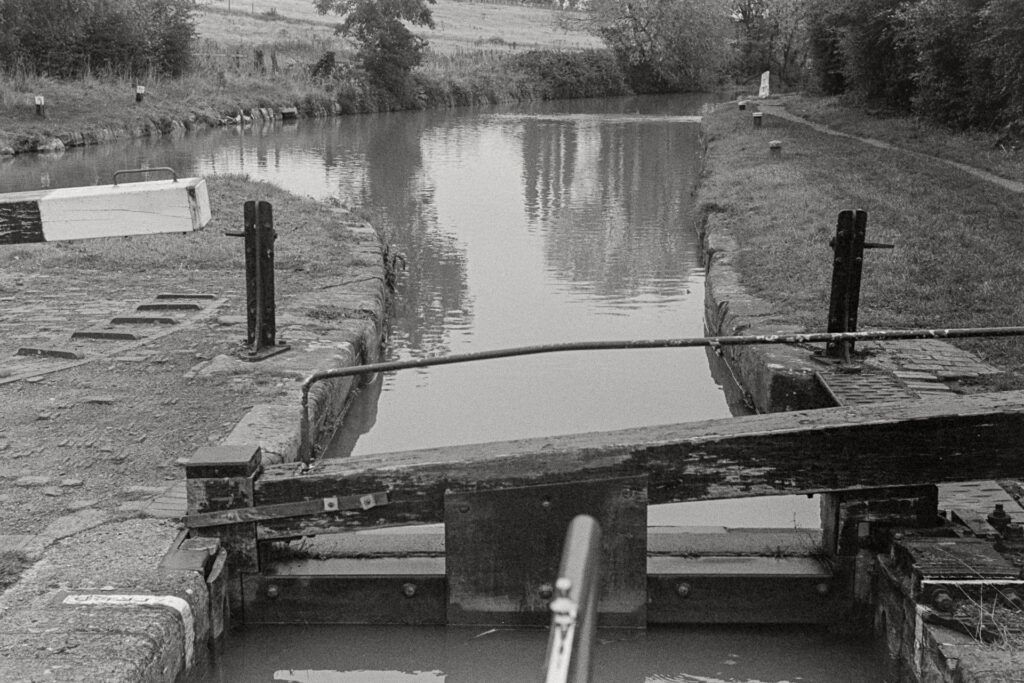
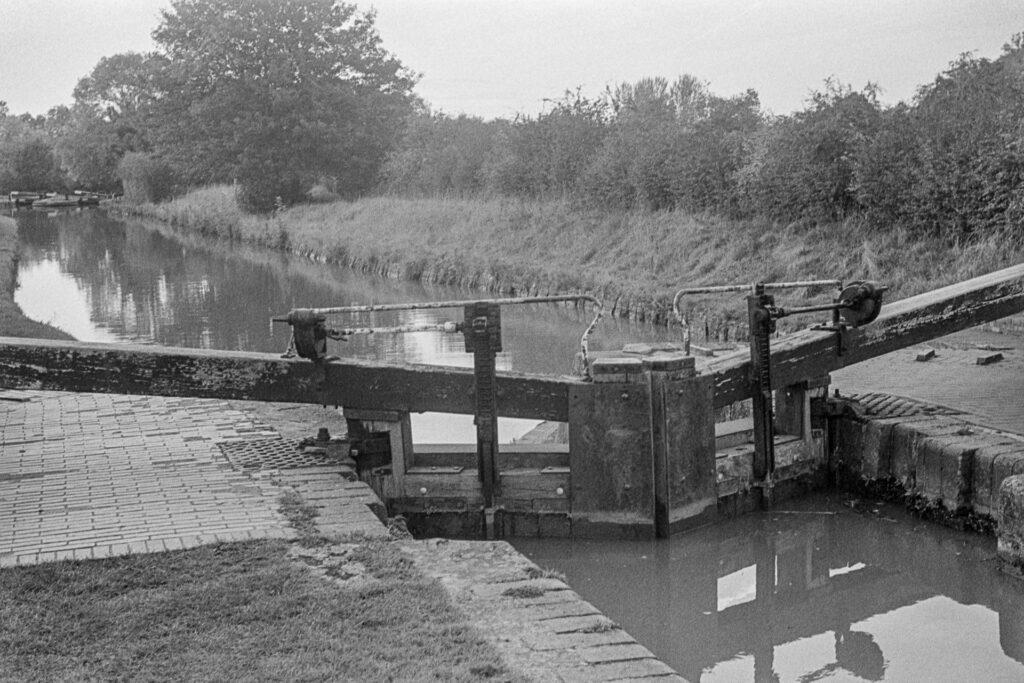
When you approach a lock, again assuming there are two of you, one of you needs to get off the boat at the sort of, lock ‘waiting room’ basin/pool. This can be a bit of a challenge if it’s busy as there will be other boats in front of you. Once you’re on the bank with the windlass, the tool you use to open/close the paddles inside the lock gates, your first job is to assess whether boats are coming in the opposite direction who may or may not have priority which depends on the empty/full state of the lock. Basically, if the gates are open such that you can just glide in, you have priority. If there isn’t a boat on the other side though and you’re going ‘up’ but the lock is full, you have to empty it before you can enter. And then fill it once you’re in. Lots of paddles to open/close in the right order. And then get back on the boat once you’re all done. None of this is easy for either of you (on or off the boat).
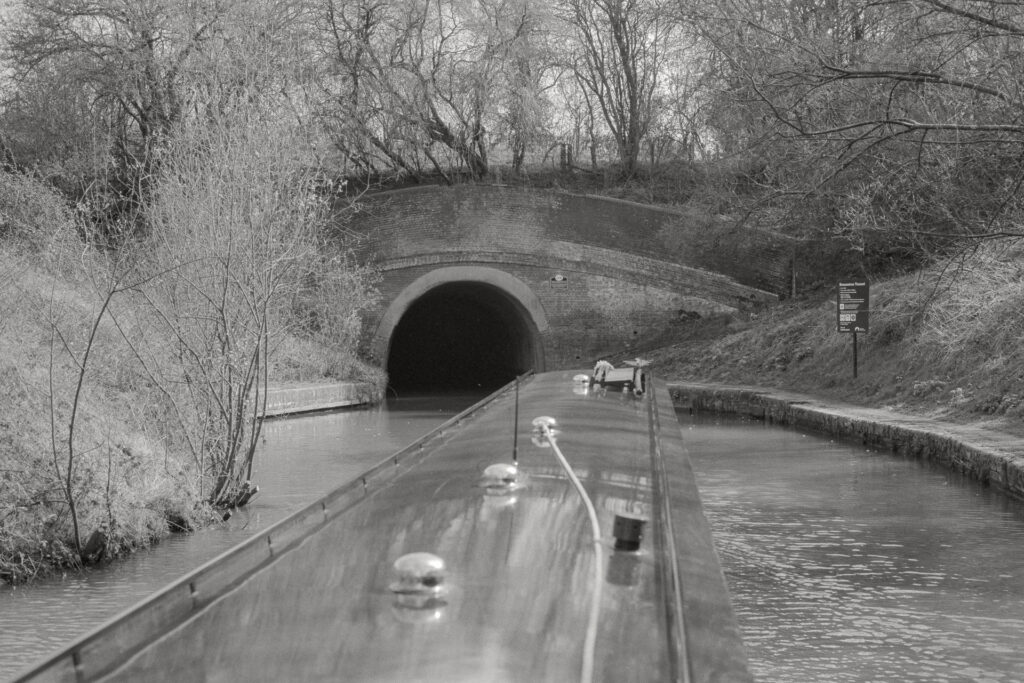
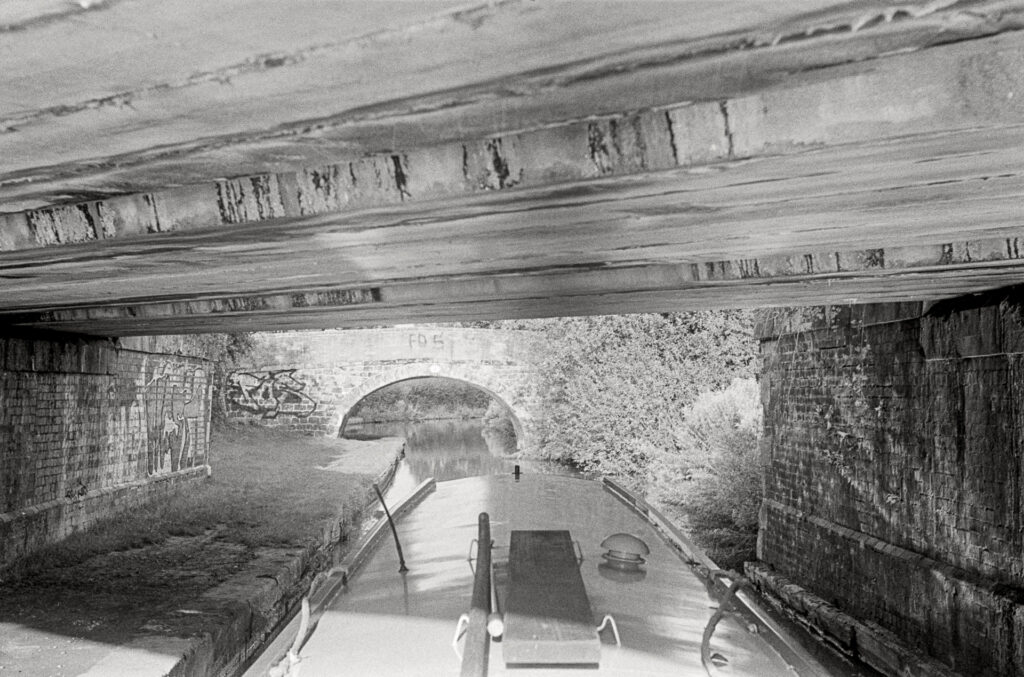
Although there is a lot of hard work involved, the benefits of cruising through the waterways outweigh the effort. You will be amazed by the tranquillity and the wildlife you encounter along the way. If you have an interest in industrial decay, decline and abandonment, then the waterways offer a rich and diverse source of human activity that spans over a century. However, don’t expect to find a pub with a refreshing pint of ale at every turn or lock, as this is a bit of a romanticised myth. In fact, on some canals, there are hardly any pubs.
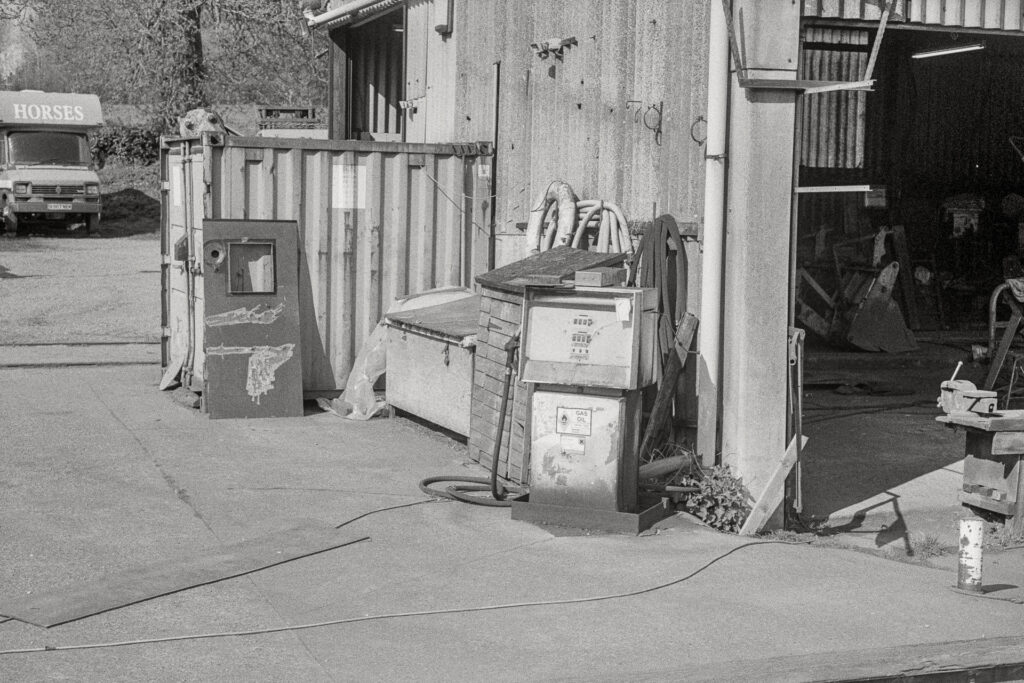
However, when it’s time to moor up for the night, long before dusk as believe me, you do not want to be cruising in the dark, you can lash your narrowboat to the bank virtually anywhere, often all alone in the immense, dark stillness of it all (but you’re unlikely to be anywhere near a pub) unless you’ve planned it carefully. We tried this and failed, more often than not simply because we misjudged just how long it takes to get anywhere (even at 4mph).
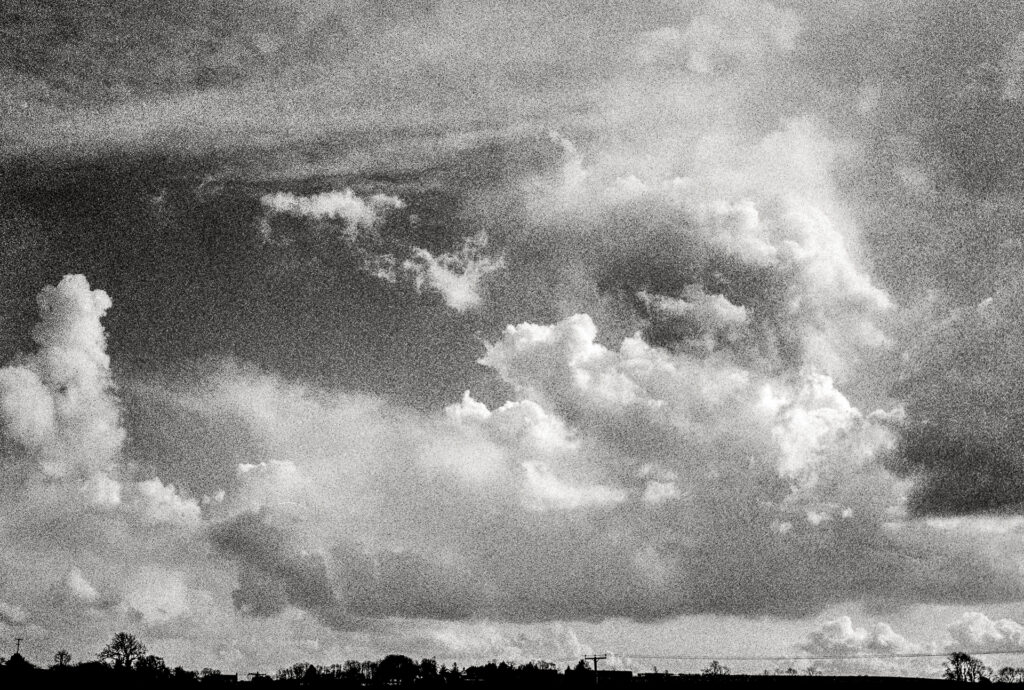
It’s great fun though and unlikely to be anything like you expect or have done before. Great for your cognitive reserve!
You can find me on Insta here. I’m currently focusing on photographs of surfaces, interfaces, layers and thresholds; and photogravure printing.
Share this post:
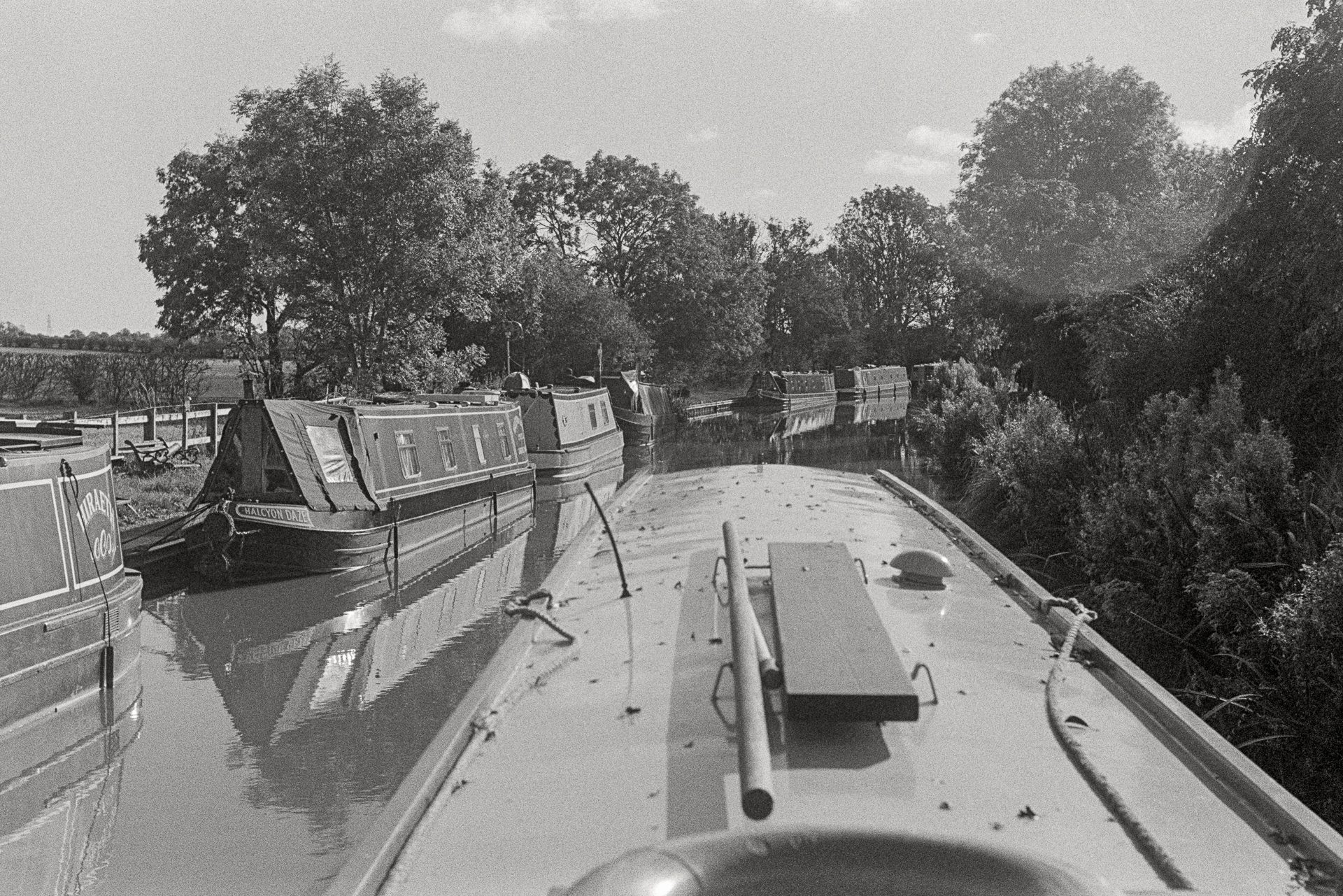
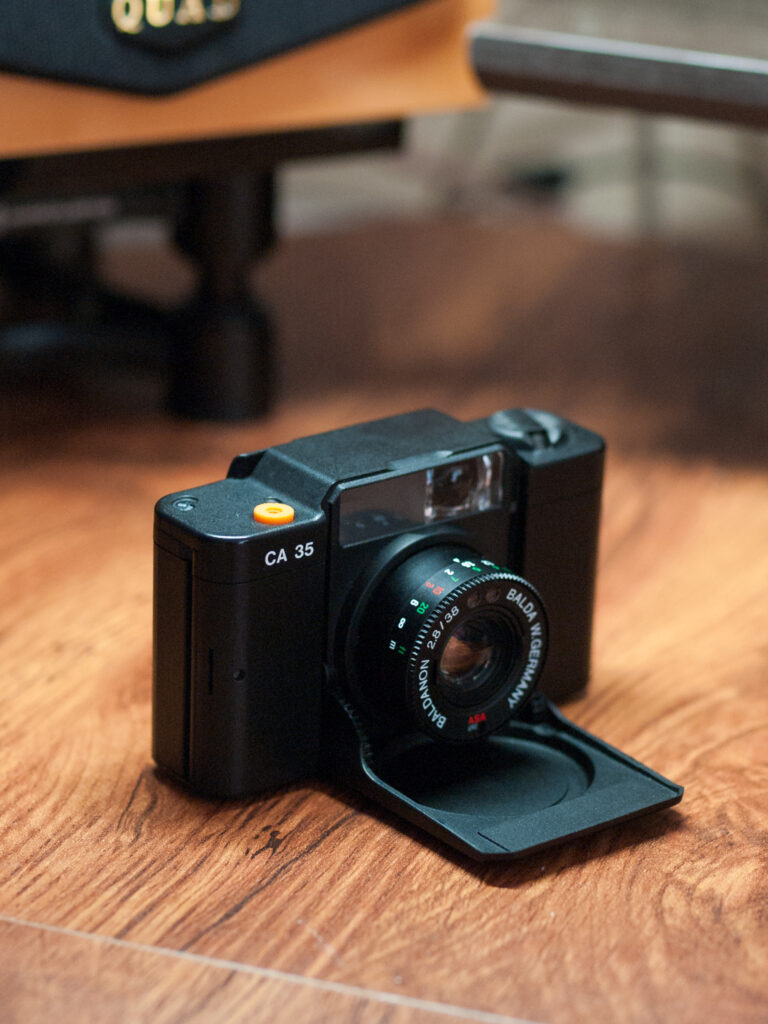
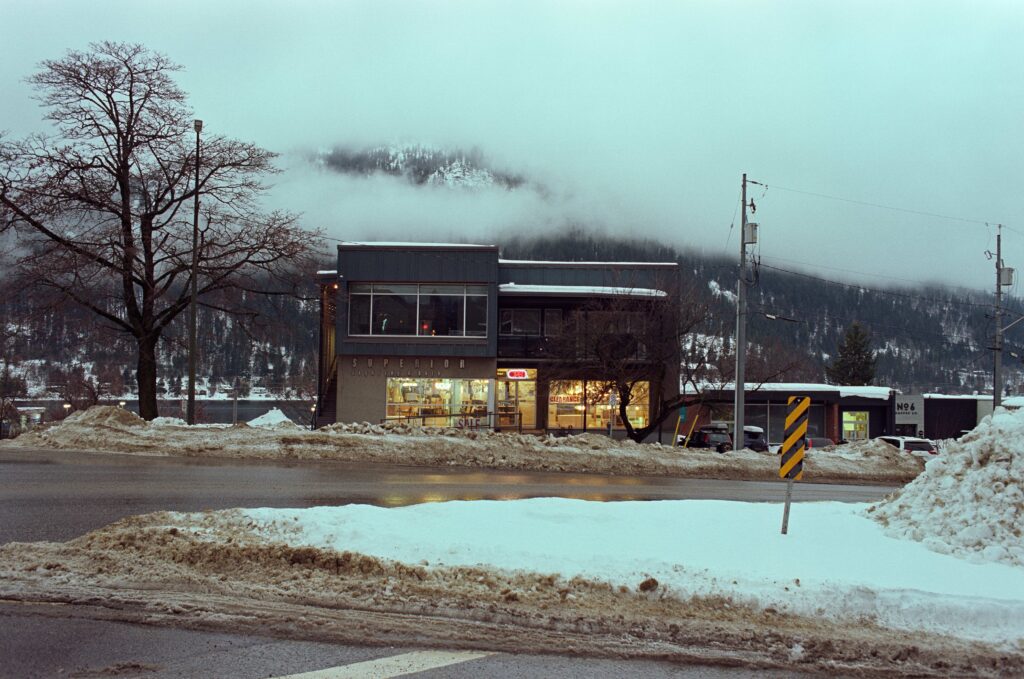

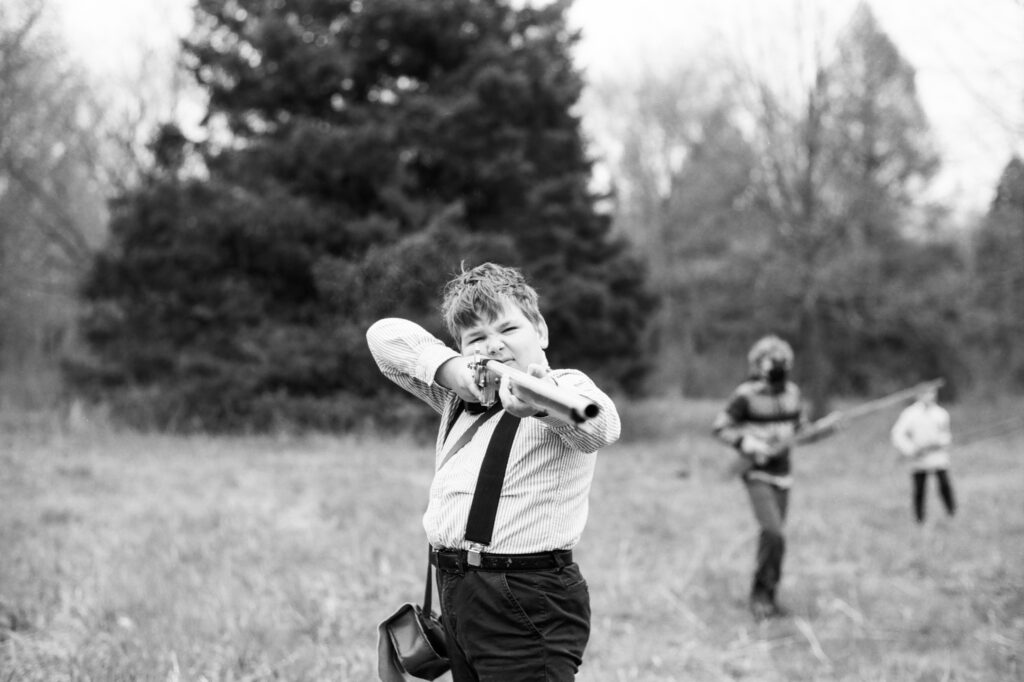




Comments
Ibraar Hussain on Gongoozeling Experiences Along England’s Canals
Comment posted: 03/04/2024
Comment posted: 03/04/2024
Thorsten Wulff on Gongoozeling Experiences Along England’s Canals
Comment posted: 03/04/2024
Dan Emerson on Gongoozeling Experiences Along England’s Canals
Comment posted: 03/04/2024
Likewise enjoyed the your description of navigating the locks. This is a technology that precedes the railways.You have added detail to an activity that I occasionally reflect on when speeding by on a northern train. I will forward the email to a friend with whom I shared time over an enlarger, wet trays and emerging images almost half a century ago. He is a man with a taste for pre-electronic equipment, and once expressed the desire to navigate the canals. I expect that he will take a similar high level of enjoyment from the detail and atmosphere portrait in your storyline and photos. Appreciate you sharing.
Regards
Daniel.
Comment posted: 03/04/2024
Bill Brown on Gongoozeling Experiences Along England’s Canals
Comment posted: 03/04/2024
Comment posted: 03/04/2024
Paul Quellin on Gongoozeling Experiences Along England’s Canals
Comment posted: 03/04/2024
Comment posted: 03/04/2024
Gary Smith on Gongoozeling Experiences Along England’s Canals
Comment posted: 03/04/2024
Comment posted: 03/04/2024
Jeffery Luhn on Gongoozeling Experiences Along England’s Canals
Comment posted: 03/04/2024
In 1970 I was working for United Press International photographing the "Hippie Invasion of Europe." I met a girl that lived in the ancient lock house in Royden. (sp?) Her father operated the locks for boaters. That family hosted me for a couple of weeks and I helped with the locks, boat repair, and dog walking. What a wonderful thing for you to remind me of that magical time. Thank you!!
Comment posted: 03/04/2024
Andrew L on Gongoozeling Experiences Along England’s Canals
Comment posted: 03/04/2024
Comment posted: 03/04/2024
Geoff Chaplin on Gongoozeling Experiences Along England’s Canals
Comment posted: 04/04/2024
Comment posted: 04/04/2024